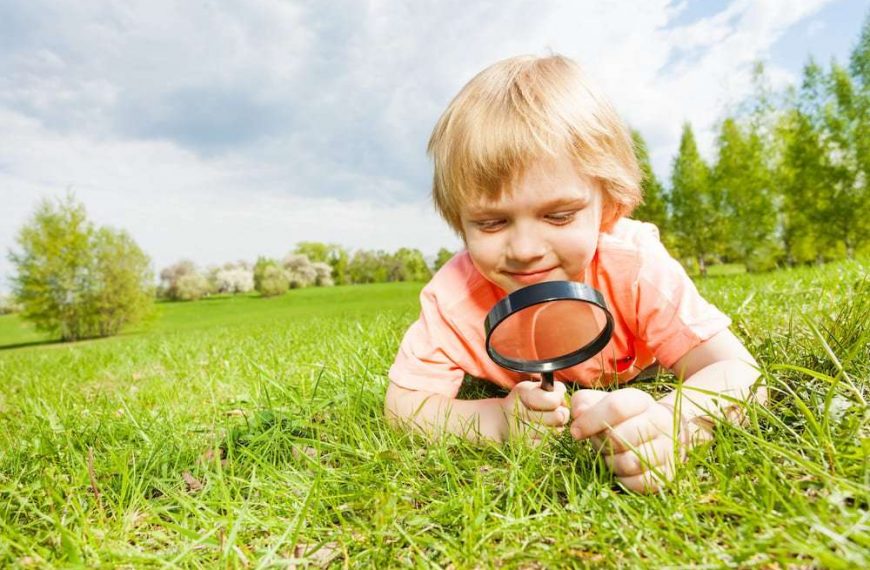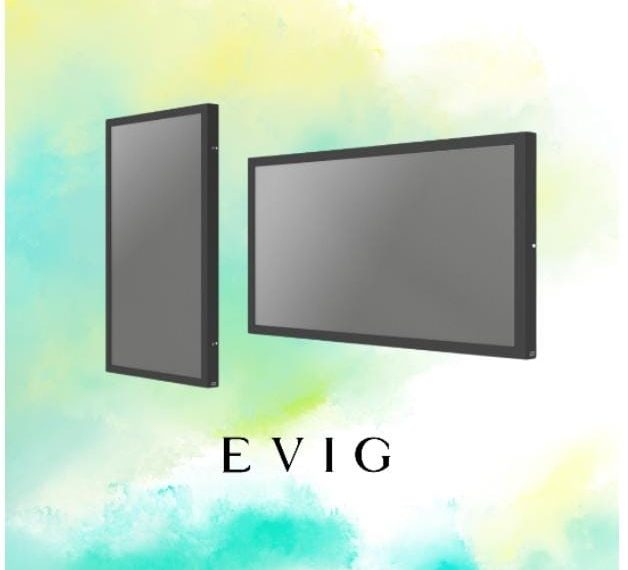The future of drone technology is taking off, as the newest drones promise to revolutionize how we explore the skies. Equipped with advanced drone apps and innovative features, these cutting-edge aerial machines will impact industries and redefine what’s possible. DJI Mini 3 Pro is a lightweight drone that avoids FAA registration yet boasts an impressive 34-minute flight time. Need more airtime? Simply add an extended life battery, and reach over 45 minutes, capturing stunning 4K visuals like a true airborne artist.
Some of the drones that in the end will define 2023:
- DJI Mini 3 Pro
- Parrot Anafi FPV
- Autel Robotics EVO II Series
- DJI Mavic Air 2
- Skydio 2 Autonomous Drone
- DJI Mavic 2 Pro
- Yuneec Mantis Q
- Yuneec Typhoon H Pro
- Hubsan Zino Pro Drone
- Eachine EX4 GPS Drone
These drones incorporate a suite of groundbreaking drone apps. The apps worth noting are:
- DroneDeploy
- DJI Go 4
- Litchi
- Autopilot
- Pix4Dcapture
- Skyward IO
- Hover
- UAV Forecast
- EL Capitan
- Drone Harmony
- AirMap
- Skydio Autonomy 2
- Kittyhawk Flight Deck
- Heliguy Drone Assist
- FreeFlight Pro
- UAV Pilot 3D
- Parrot Flight Plan
- Multiplex Cockpit SX
- QGroundControl
- FollowMe Tello Edu
With these apps at your disposal, you can test drones from the new generation that is quite impressive:
- Bwine F7 4K 3-Axis Gimbal Drone With Remote Controller
- Holy Stone HS440 Foldable 1080p Wi-Fi Drone Kit
- Holy Stone HS720E 4K
- DJI Mini 3 Pro
- DJI Mini 3
- DJI Mavic 3
- DJI Air 2S
- BetaFPV Cetus Pro
Waterproof BetaFPV Cetus Pro, or portable Holy Stone HS440 are among the most wanted names in the market. As drone technology continues to advance, expect even more sophisticated models to emerge, addressing challenges from deep-sea exploration to outer space travel.
Drones for space
Space drones, advanced unmanned aerial vehicles (UAVs), are taking flight into the unexplored realms of outer space. These sophisticated devices are transforming our knowledge of space and its landscape. With a multitude of applications, from discovery to economics, drone technology is revolutionizing our world and beyond.
(Source)
It is noteworthy that the US military has deployed a space drone known as the Boeing X-37B Orbital Test Vehicle. This impressive machine can remain in orbit for up to two years without refueling. Alongside it, other substantial space drones possess wingspans varying from 116 to 262 feet and maximum takeoff weights between 4,400 and 32,200 pounds.
These UAVs are employed for tasks such as mapping, surveying, thermal imaging, generating intricate contour maps, or even assisting emergency response teams. Drones enable us to explore remote regions effortlessly while gathering valuable data to enhance our understanding of our environment. Moreover, it is not only about exploration – the drone economy is thriving! Companies like AeroVironment, Airobotics, and BRINC Drones are at the forefront of this rapidly expanding industry.
Forecasts show that the global commercial drone market will reach a mind-boggling $58.4 billion by 2026, so there has never been a better time to be part of this exciting field. So what does the future hold for drone technology? As we journey further into unexplored areas, drones will likely continue to play a crucial role in outer space landscaping and urban transportation. Keep an eye on drone manufacturers like Hubsan and Cheerson as they continuously innovate.
Space drones are redefining the cosmos. They unveil hidden secrets and highlight the boundless opportunities they offer for our future in space.
Modern drone use
Drone technology is advancing, offering new opportunities for sustainable and eco-friendly urban development. By using powerful drone applications, we can create cities that focus on the well-being of people and the environment. Drones have various uses, including monitoring air quality and studying wildlife habitats, making them essential in preserving our planet’s health.
Urban planners and developers use drone apps to gain insights into intricate or hard-to-reach areas. This leads to improved thermal inspection, land mapping, and data collection for 3D building information models (BIM). Drones provide a safe, efficient, and cost-effective way to navigate and collect information in busy urban environments. And, of course, if you are in need of professional repair service for your drone, whether used in urban areas or not, you can always contact Good Zone.
Consulting firm Arup uses drones to gather data from crowded cities or challenging locations. Drone technology has numerous applications such as land surveying, construction site monitoring, weather research, disaster response assessments, precision agriculture, and filmmaking. Each use involves a complex system of drone power sources, sensor processing units, autonomous navigation systems, communication channels, ground control station operations, and obstacle avoidance technologies.
These all work together for seamless operation for users of various ages and backgrounds. Embracing drone technology for environmental protection and global harmony allows us to move towards a future full of innovation and sustainability. By incorporating these valuable tools in our efforts to create better cities and methods for protecting the environment, we ensure a lasting world for future generations.













